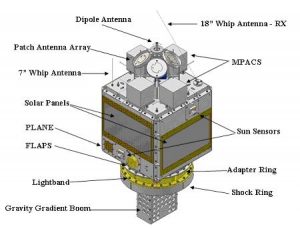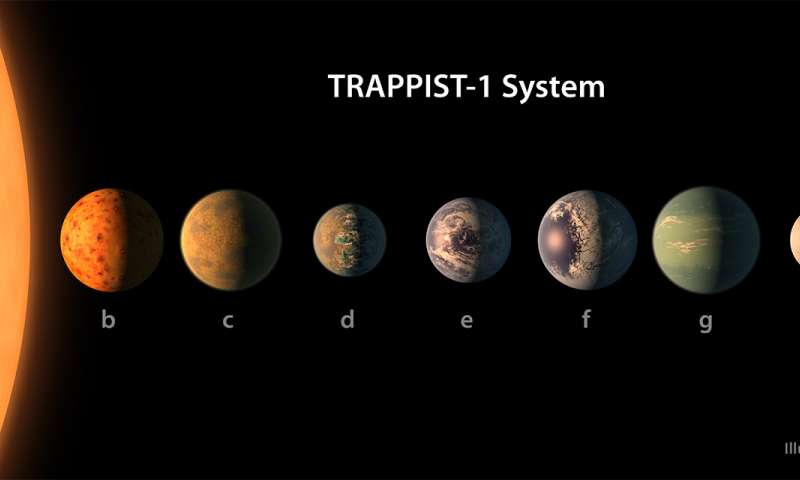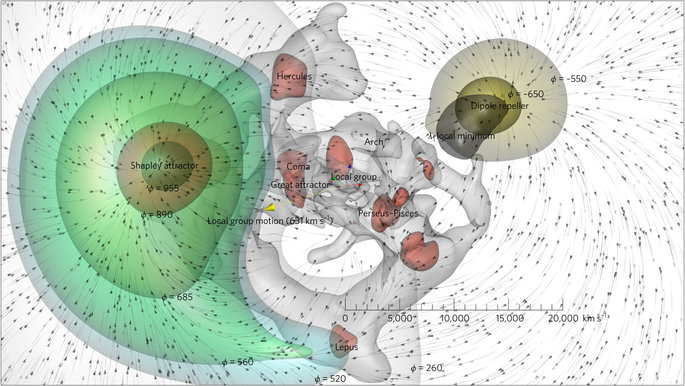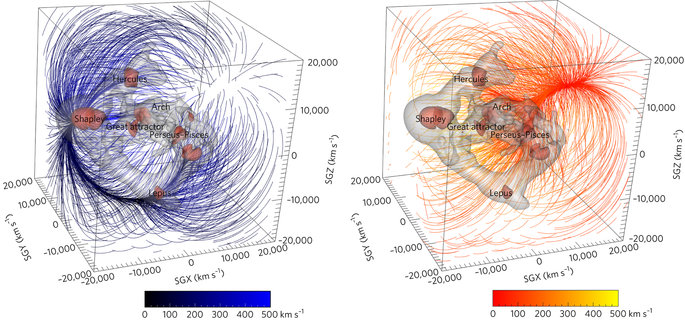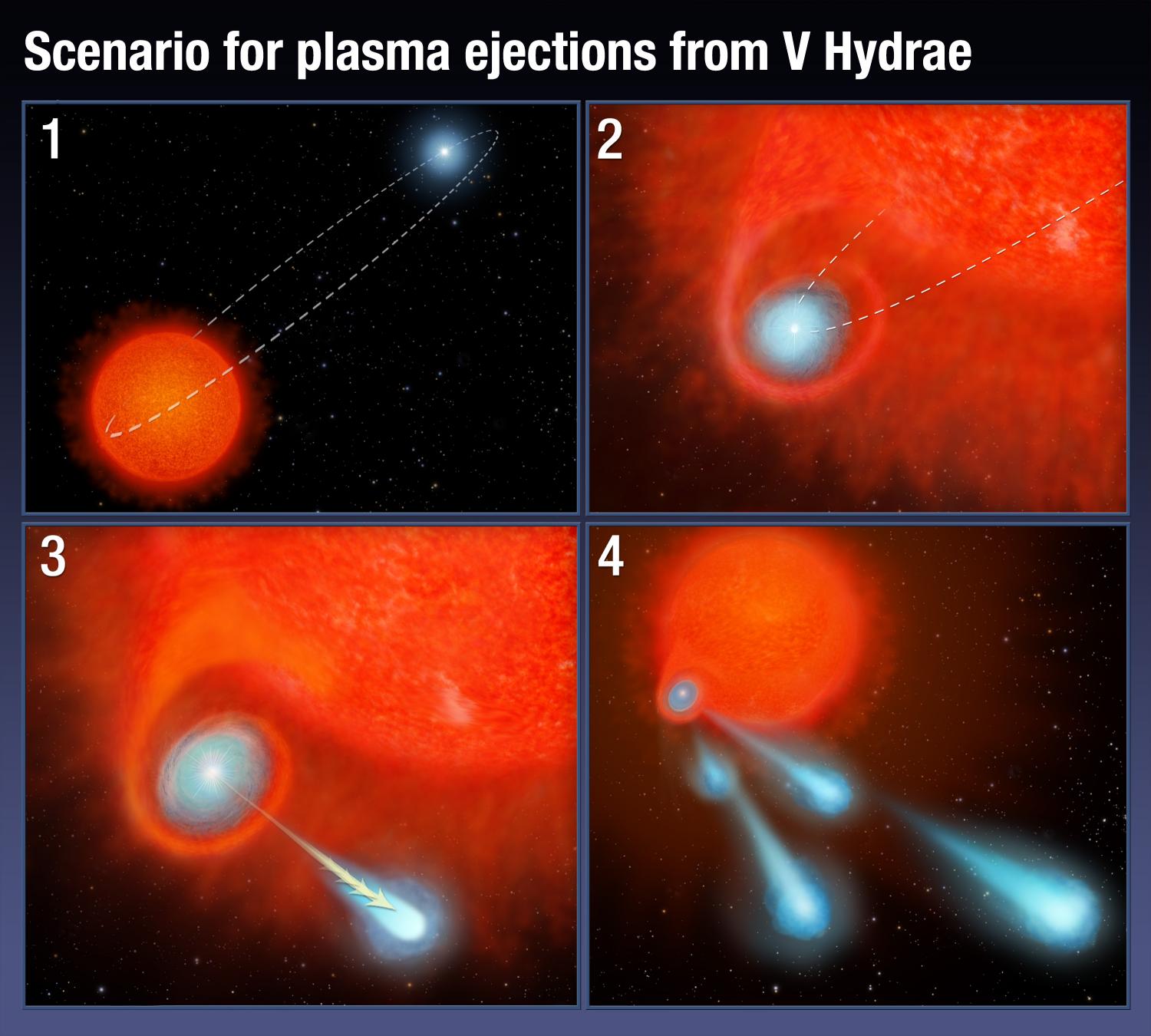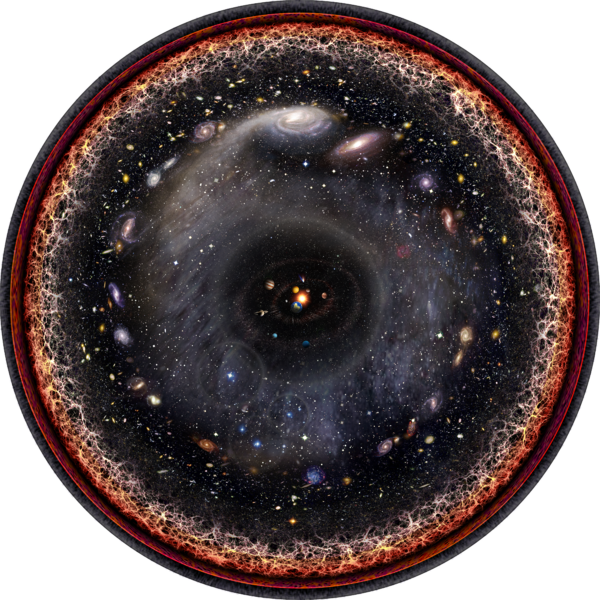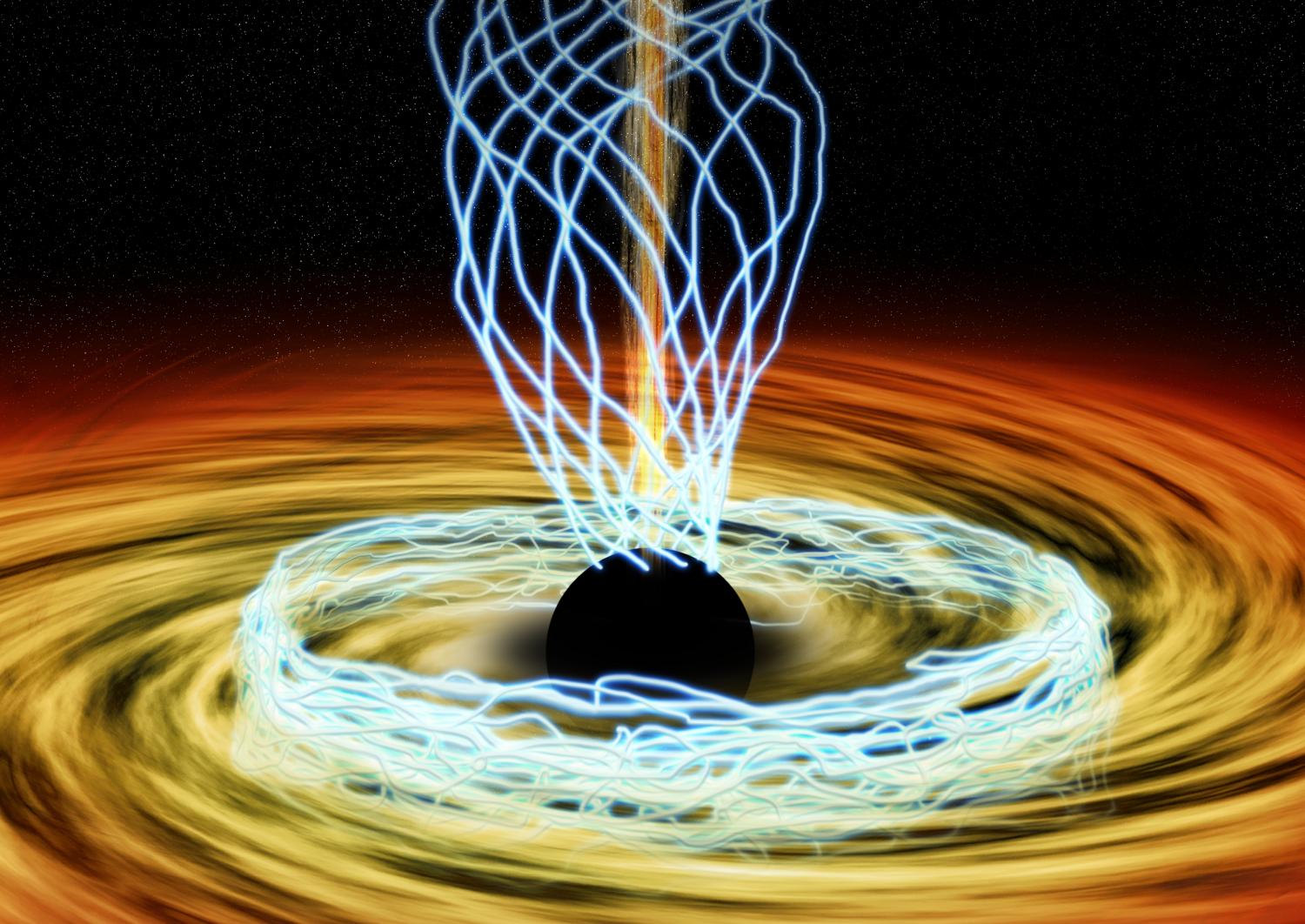Organohalogens, a class of molecules that contain at least one halogen atom bonded to carbon, are abundant on the Earth where they are mainly produced through industrial and biological processes1. Consequently, they have been proposed as biomarkers in the search for life on exoplanets2. Simple halogen hydrides have been detected in interstellar sources and in comets, but the presence and possible incorporation of more complex halogen-containing molecules such as organohalogens into planet-forming regions is uncertain3,4. Here we report the interstellar detection of two isotopologues of the organohalogen CH3Cl and put some constraints on CH3F in the gas surrounding the low-mass protostar IRAS 16293–2422, using the Atacama Large Millimeter/submillimeter Array (ALMA). We also find CH3Cl in the coma of comet 67P/Churyumov–Gerasimenko (67P/C-G) by using the Rosetta Orbiter Spectrometer for Ion and Neutral Analysis (ROSINA) instrument. The detections reveal an efficient pre-planetary formation pathway of organohalogens. Cometary impacts may deliver these species to young planets and should thus be included as a potential abiotical production source when interpreting future organohalogen detections in atmospheres of rocky planets.
Organohalogens are well known for their use in industry and for their detrimental effect on the ozone layer1. Some organohalogens are also produced naturally5, through different geological and biological processes. Because of their relationship to biology and industry on Earth, organohalogens have been proposed as biomarkers on other planets2,6,7. Methyl chloride (CH3Cl), the most abundant organohalogen in the Earth’s atmosphere, has both natural and synthetic production pathways. Its total production rate approaches 3 megatonnes per year, with most originating from biological processes8. Recent observations of Cl-bearing organic molecules, including methyl chloride, on Mars by the rover Curiosity, has challenged a straightforward connection between organohalides and biology; one proposed source of Cl-bearing organic molecules on Mars is meteoritic impacts9,10. This naturally raises the question of whether circumstellar and interstellar environments can produce organohalogens abiotically, and, if so, in what amounts
Source: Protostellar and cometary detections of organohalogens
ieit turns out that these co,pounds are fairly common in space and so probably don’t mean they come from alein beings, as previously thought.

